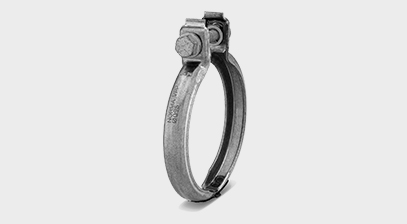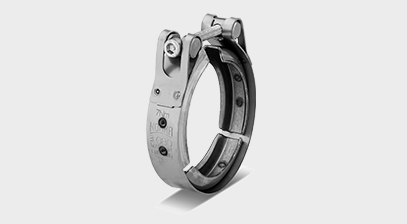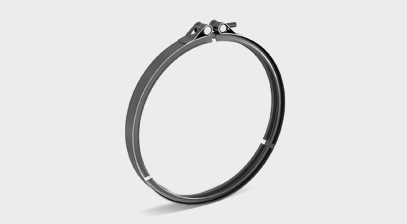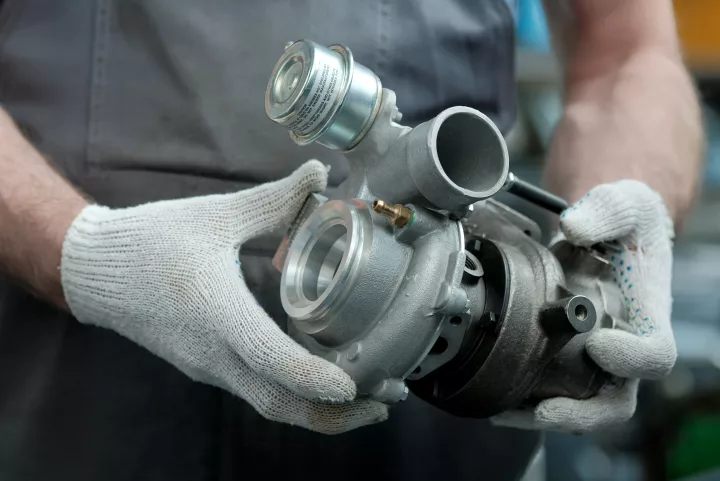
Turbocharger Clamps: Replace or Reuse?
Should you reuse or replace turbocharger clamps after they have been removed once? We have the answer.
Extreme Temperatures
Turbochargers use the energy of exhaust gases to supply the engine with additional fresh air. This results in higher engine power while simultaneously reducing consumption and improving emission values. A good thing indeed.
On the turbine side of a turbocharger, where the exhaust gas flows, temperatures can be extremely high, often up to 1,000 degrees or even higher. In contrast, the compressor side, where the fresh air enters and is compressed, is much cooler at around 250 degrees. These extreme temperatures and significant temperature differences within the turbocharger put a strain on the material and construction.
Therefore, these extreme conditions place special demands on the turbocharger connections. V-profile clamps are now predominantly used to connect the pipe flanges.
When replacing the exhaust gas turbocharger or carrying out repairs to the turbocharger and its peripherals, the question arises as to whether the turbocharger clamps should be reused or replaced after they have been removed once.
Reasons Against Reusing
In the following text, you will learn about the consequences of a leaky turbocharger, why you should never reuse turbocharger clamps under any circumstances, and what to consider when choosing the right clamp.
If the turbocharger connection is leaking, it can lead to a number of problems in the vehicle that can affect both performance and overall engine health.
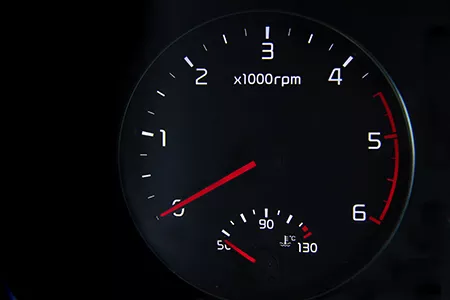
Loss of engine power
One of the most immediate effects of a turbocharger leak is a loss of engine power. Since the turbocharger serves to force compressed air into the engine, a leak causes some of that air to escape before it reaches the combustion chamber. This reduces engine efficiency and leads to a noticeable decrease in power, especially when accelerating.

Smoke formation
If the compressor housing is leaking, oil can get into the combustion chamber and be burned there. Rough running or increased smoke from the exhaust are clear warning signs of a defective turbocharger or a leak.
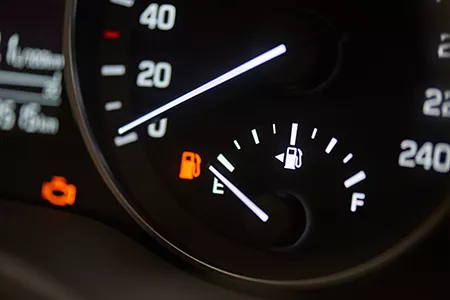
Increased fuel consumption
A leaky turbocharger can also lead to an inefficient combustion process because the air-fuel ratio is disturbed. Since the engine produces less power from the amount of fuel burned, it must burn more fuel to produce the same power. This leads to significantly higher fuel consumption.
To avoid leaks and the consequences described above, it is necessary to replace the V-band clamp as well when the turbocharger is replaced.
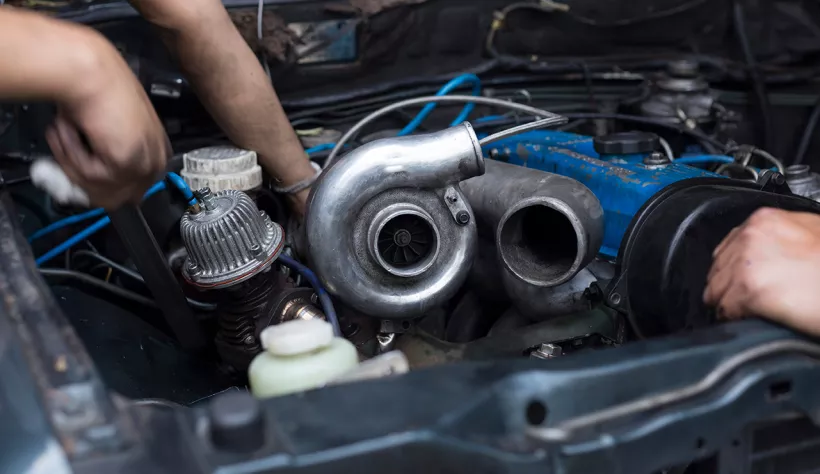
Perfectly adapted
As is well known, materials expand when heated and contract when cooled. This is also true of the turbocharger and its peripherals. V-Profile Clamps, thanks to their special design, keep all connections permanently sealed even under strong temperature fluctuations.
Always replace clamps!
Due to the thermodynamic processes during vehicle operation, the V-profile clamp adapts to the flange of the manifold, turbocharger or exhaust pipe. This adaptation is intentional to ensure optimum sealing and fit.
If the clamp is removed and mounted on a different flange, it will no longer fit optimally and leaks can occur.
New V-band turbocharger clamps will eventually adapt individually again. Replacement therefore ensures that the new component functions just as safely and efficiently as the previous one.
In addition, when the V-profile clamp is loosened and tightened, the material of the clamp is deformed. This deformation is intentional to achieve the clamping effect, but can also lead to permanent weakening. A reused clamp is therefore not as strong as a new clamp and can come loose under high load.
For these reasons, reusing V-profile clamps is strongly discouraged.
Using new turbocharger clamps is important to ensure optimal function and safety of the exhaust system.
Whether for turbochargers, catalytic converters or exhaust systems, our V-band clamps offer a tight and secure connection that withstands extreme temperatures of over 1,000 degrees, ensuring long-lasting performance.
Our V-Profile Clamp Variants
VPP Bridge
The VPP Bridge clamp is a high-performance clamp for turbochargers and exhaust systems, specially developed for extreme temperatures up to 1050°C. It enables easy and quick installation, high clamping forces and minimizes space requirements while also offering high corrosion resistance. The clamp is ideally suited for exhaust systems and turbocharger connections in gasoline engines.
V-QRC
The V-QRC clamp impresses with its innovative quick release mechanism, which significantly accelerates the installation of exhaust systems and turbochargers up to 650°C. The robust stainless steel construction ensures high corrosion resistance and adaptability to flanges with larger tolerances. The V-QRC clamp is ideally suited for diesel engines and turbocharger systems.
V-STC
In contrast to the V-QRC, the V-STC clamp has a closure with a straight trunnion (STC = Straight Trunnion Closure) and is suitable for applications with a higher tightening torque. It is available in large diameters and is mainly used in commercial vehicle applications.
